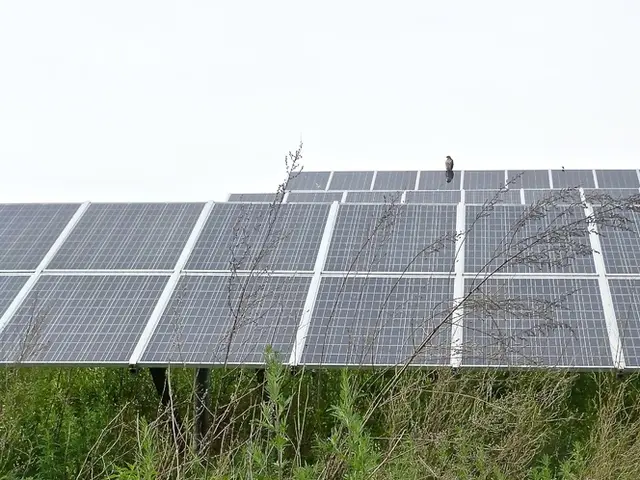Transforming Fire Safety: Groundbreaking Materials in the Making of Fire-resistant Doors
Fire doors have traditionally been made from heavy, solid materials like wood and metal. However, a new era in fire safety is upon us, with the introduction of advanced materials, smart technology, and a focus on sustainability.
Multi-functional Fire Doors
The demand for fire doors that offer more than just fire safety is growing, particularly in luxury and premium spaces. Multi-functional fire doors now combine fire safety with soundproofing, thermal insulation, and aesthetic qualities.
Glass Fire Doors and Slim-profile Metal Systems
Modern design flexibility is being maintained while fire-resistance standards are upheld, with the emergence of glass fire doors and slim-profile metal systems. Hybrid systems that merge fire resistance with acoustic insulation are also advancing.
Eco-friendly Materials
New material innovations include eco-friendly, recycled, or low-carbon materials, supporting sustainability goals within construction projects. Aluminum door systems like TECFIRE’s AS85 offer certified fire resistance, durability, and design versatility for demanding environments.
Specialized Solutions
Specialized solutions address common compliance challenges, such as UL-certified gap-filling technologies that improve fire containment without replacing whole doors, saving costs and installation time.
Smart Technology Integration
Fire doors are increasingly integrated with sensors, panic bars, and auto-lockdown mechanisms that connect to Building Management Systems (BMS) for automated emergency responses. Such smart doors form part of building automation that enhances resilience and human-centric safety design.
Sustainability in Fire Safety Architecture
New fire safety materials and systems prioritize non-toxic, biodegradable, and recyclable components to minimize environmental impact. Fire suppression agents are being designed to avoid ozone depletion and reduce greenhouse gas emissions. Energy efficiency is emphasized in sensor design and suppression delivery, minimizing power use and waste during fire safety operations.
The Future of Fire Safety
The integration of robotics and drones is also enhancing sustainable firefighting by allowing safer inspection and intervention in hazardous areas without risking human life. Together, these trends reflect a shift toward high-performance, smart, sustainable fire safety designs that emphasize not only compliance and protection but also aesthetic integration, environmental responsibility, and proactive risk management in modern architecture.
The future of fire safety is promising, with the potential to redefine safety in both architecture and design. For more information, visit https://jadcs.co.uk.
Read also:
- Industrial robots in China are being installed at a faster rate than in both the United States and the European Union, as the global market for these robots faces a downturn.
- Sustainable initiatives boosted by Veolia through financially backed eco-friendly projects
- Potential perils of artificial intelligence data facilities to American electrical infrastructure due to fire hazards.
- Transformation of Commercial Vehicle Sector through Technological Advancements








